Art ‘touting’ dead elder parlays image into credibility, claims family
The Bathurst Wiradyuri corporation behind a string of heritage claims has ‘slipped away from any cultural guidance’ its former leader had established, his family claim, striking out against the alleged appropriation of his image.
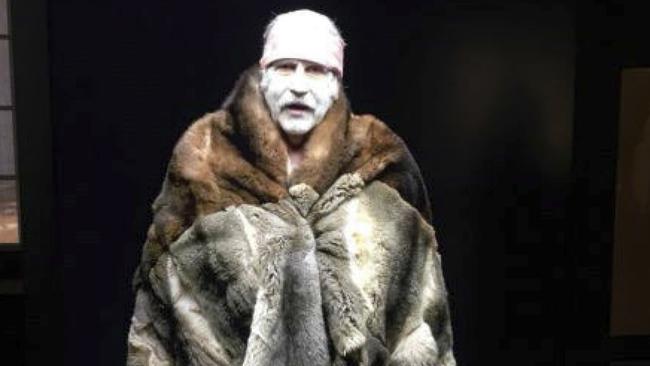
The former leader of the Wiradyuri corporation behind a string of heritage claims allegedly had his image serially misused, against the wishes of his family, who say they were pushed out from the organisation after his death.
The family of late Bathurst elder Brian Grant claimed they were ostracised from the Wiradyuri Traditional Owners Central West Aboriginal Corporation after the death of their patriarch, despite his status as founder and director until his death.
The Grant family, who wished to be identified as a collective when speaking to The Australian, raised doubts on Sunday about the provenance of the blue-banded bee dreaming, the basis of which Environment Minister Tanya Plibersek opted to protect the site of a potential tailings dam for the Blayney goldmine proposal.
It was raised as a concern in a wider pattern of Grant’s alleged “commodification” by the Wiradyuri corporation after his death as part of “a plan that (they) weren’t privy to”.
In speeches, a book and artwork made after Grant’s death, associates of the Wiradyuri corporation referenced Grant and his cultural image – which the family claim was done without their consent.

The Australian has chosen not to name the creators of these works, though each was contacted to verify the claim.
It contravenes an instruction the family claim they gave to the corporation ordering it “to not mention, use conduct, or involve themselves in any cultural, commercial or social integration referencing Uncle Brian”, and for any reference to him to be made with the family’s permission.
“After the ceremony, we found that associates of the corporation and people who had been there at that ceremony that day were creating intellectual property based on him and his passing,” the family said. “It feels like our father is being used as a commodity … in a whole range of ways.
“There were artworks, and a person was a guest speaker at a conference talking about him, and in all of those cases there was no contact made with us … to let us know that … they were going to be speaking about him.
“We were just finding and uncovering all of these various places where, in the media, he’d been spoken about, and it was quite distressing to suddenly see your father’s name somewhere or being used for something.”
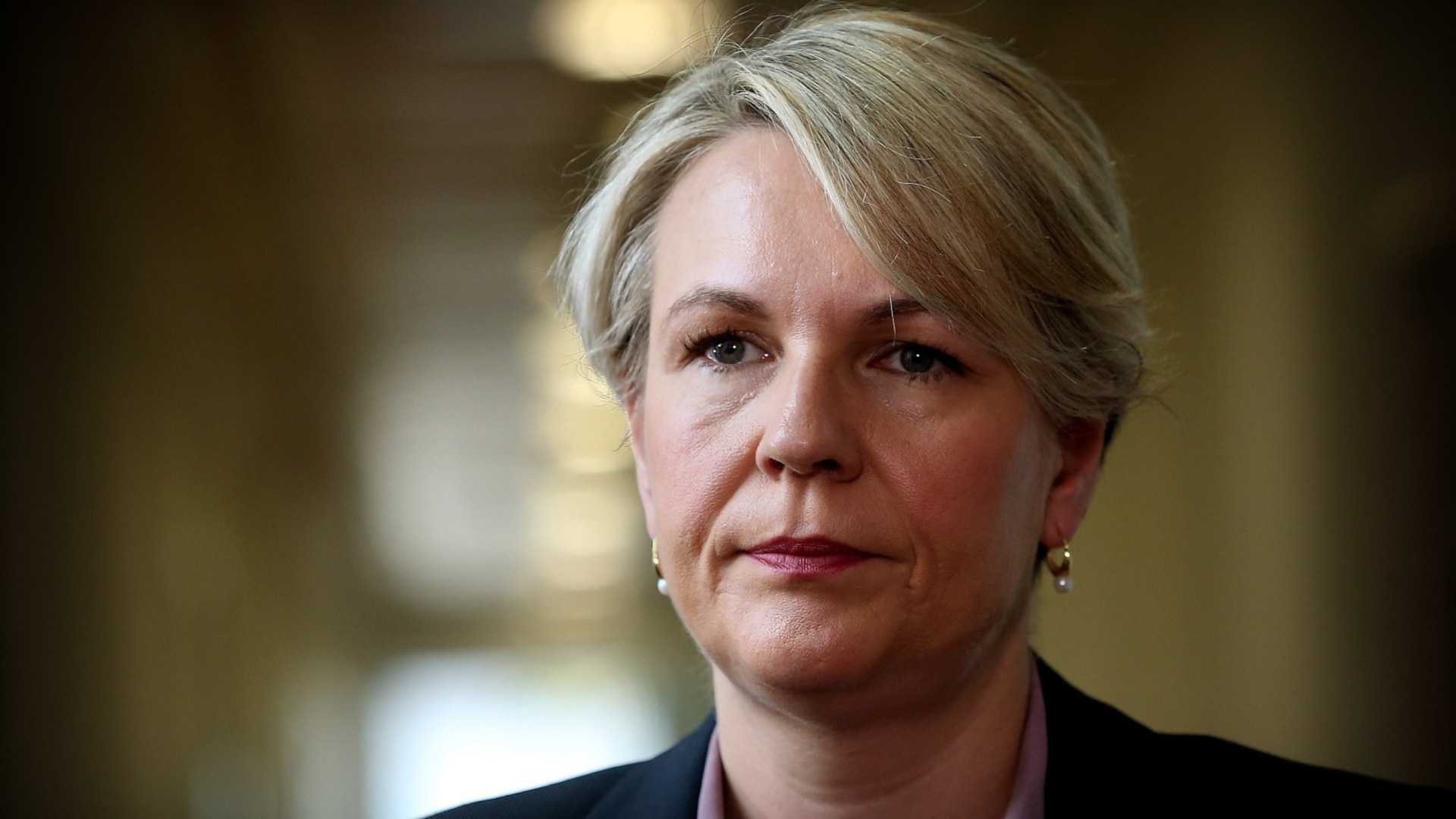
Although the Wiradyuri corporation would continue to lavish praise on Grant after his death, the family said they were no longer welcome among its membership, which had “slipped away from any cultural guidance that (it) may have been fortunate to have (had) shared with (it)”.
“After the public ceremony, they just started to distance themselves from us and go on their own way and do their own thing,” the family said. “People are touting him and using his standing in the Aboriginal community for their own gain.
I attended the (Wiradyuri corporation) AGM that was held in November 2023, and they mentioned Dad a whole heap of times and attributed their success to the memory of Dad. But it didn’t feel genuine … it was very much ‘we’ve got here because of this amazing guy’, but it didn’t feel genuine to me at the time.”
The alleged ostracisation is reflected by member lists lodged by the Wiradyuri corporation to the Office of the Registrar of Indigenous Corporations.
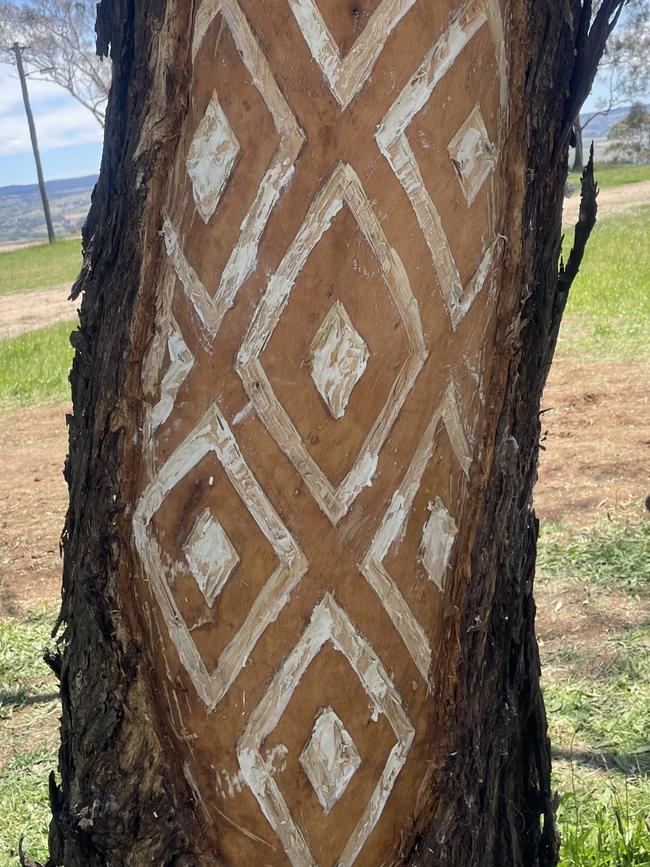
A 2021 membership list, the last submitted before Grant’s death, has 19 registered Wiradyuri corporation members including Grant’s children. The most recent list sits at 11 members, with none of the Grant family present.
The family alleged they even saw their claim over Grant’s memorial site challenged through minor infractions since his death. In one example, a scar tree used to commemorate Grant was not carved completely at his memorial ceremony, which the corporation allegedly opted to finish later without the family’s permission.
“The person that carved the tree was unable to finish it to their satisfaction, so they had organised with the Wiradyuri corporation … to go and tidy up the tree,” the family said. “We only found that out third-hand.
“To my mind the imperfect perfectness of the whole thing was perfect for Dad.
“That was probably the start of the whole ‘we’re going to do what we’re going to do, regardless of what you want or think’ routine.”
When the memorial site atop Mount Panorama-Wahluu was registered to the Aboriginal Heritage Information Management System – in an application Heritage NSW opted not to recognise – the application called Grant’s final resting place a men’s site.
The family and heritage consultant Scott Franks said it should have been registered as a site for the family.


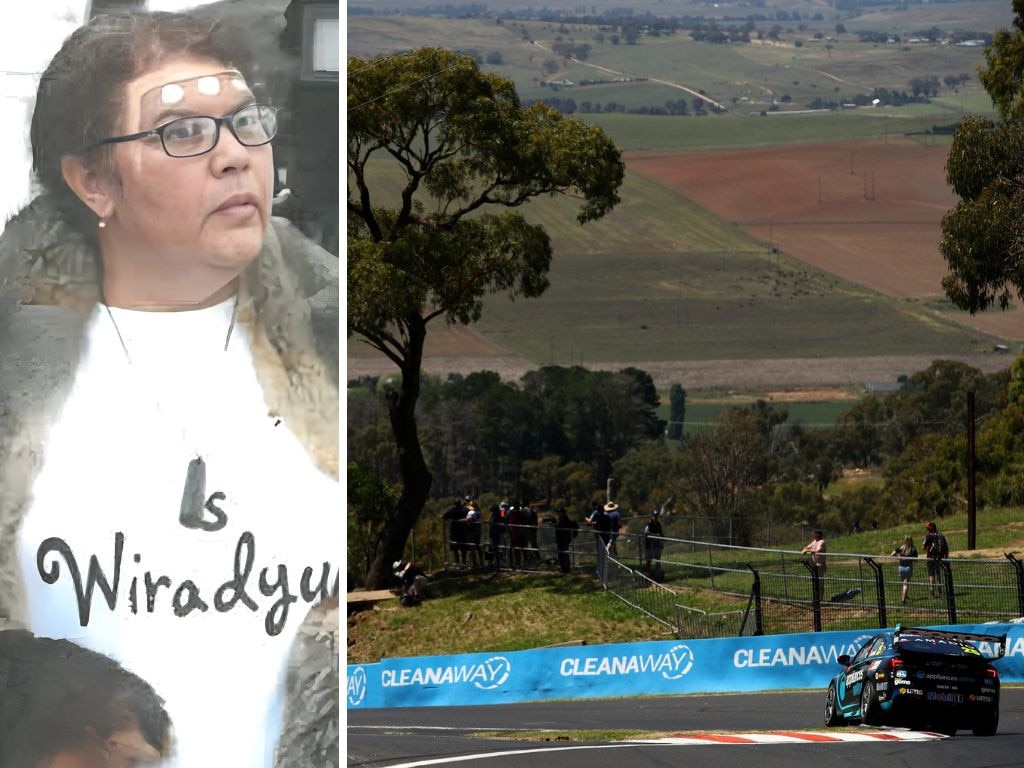

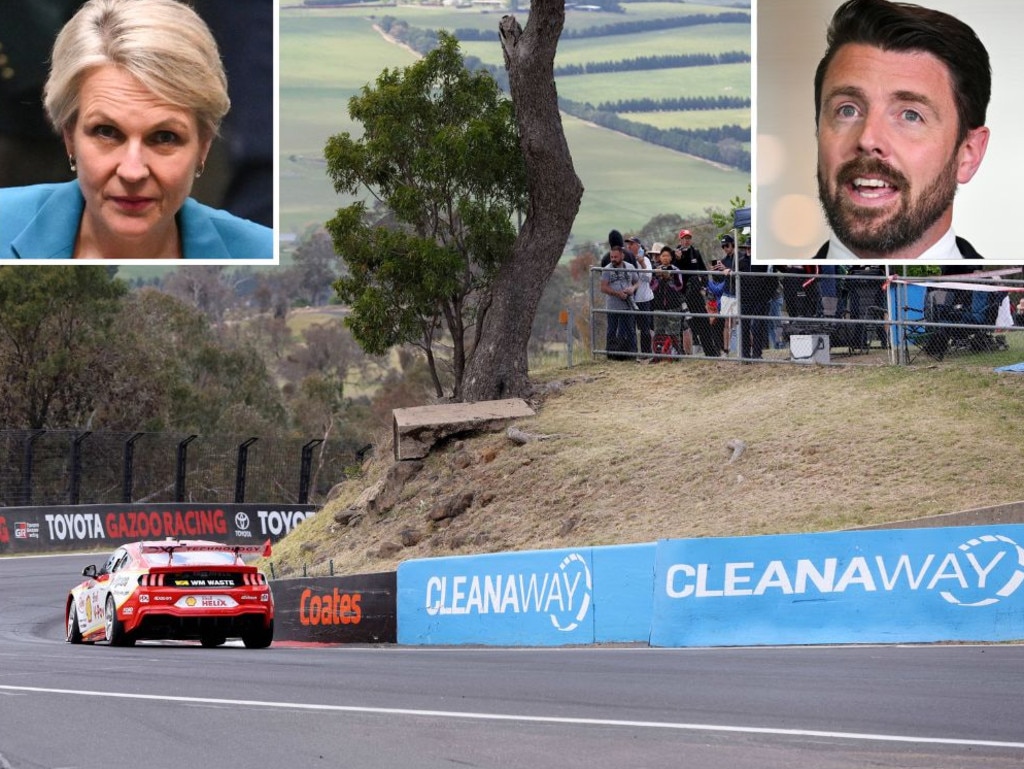


To join the conversation, please log in. Don't have an account? Register
Join the conversation, you are commenting as Logout